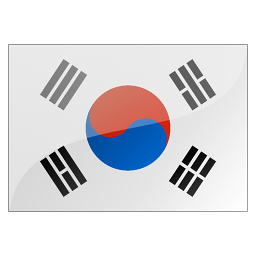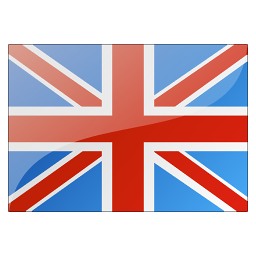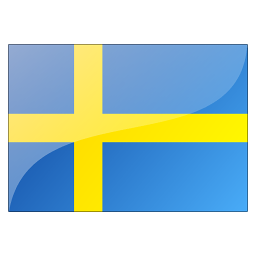



Jeju-do’s second-largest city is beautifully situated on a rocky volcanic coastline dotted with lush parks, a deep gorge and two waterfalls. The clear blue waters and mild ocean temperatures make Seogwipo (서귀포; pronounced so-ghee-poh) Korea’s best scuba-diving destination and it’s also an ideal base for hiking, or day trips across Jeju-do (if you don't mind long rides). Its small size makes it easy to walk between most of the sights in town, and at the end of each day you'll find yourself back at Lee Jung Seop-ro, one of the hippest streets on the island.

Home to high-rise malls and labyrinthine covered markets, the 24-hour retail frenzy that is Dongdaemun attracts suitcase-wheeling shoppers from all over Asia. It's mostly clothing and fabrics, but you can also find Seoul's busiest street-food arcades within Gwangjang Market. Further east the couture gives way to antiques, flea-market goods and herbal medicines. Dramatic contemporary architecture is provided by Zaha Hadid’s Dongdaemun Plaza & Park, while up-and-coming Seongsu-dong, an old shoemaking district being touted as Seoul’s answer to Brooklyn, is awash with industrial-chic cafes and hip boutiques.

If you only have a short time on Jeju-do, make Seogwipo your base. It has the best climate and coastal scenery, plus easy access to Halla-san and Seongsan Ilchul-bong. It is a little far from the airport but there are direct buses to and from there. it is also well connected to the atmospheric Buddha in a cave at Sagye-ri and group-package favourite Jungmun Resort.

Sydkoreas huvudstad är en mångmiljonstad och ett neonblinkande virrvarr där natten är kung och selfiepinnarnas kamerablixtar blinkar non-stop. Vi guidar till de skönaste kvarteren, bästa shoppingställena och sevärdheterna du inte vill missa.

Some of Seoul’s most charming neighborhoods are clustered in an arc across three of the city’s guardian mountains. To the east, beside Naksan, you’ll find the student and performing-arts hub of Daehangno. Moving anticlockwise across to Bukaksan is Seongbuk-dong, an affluent residential district with excellent museums. Buam-dong further west is the starting point for hikes along the scenic Seoul City Wall, while the slopes of Inwangsan are home to the city’s most famous shamanist shrine. Continuing south there's a park dedicated to the country’s independence at Seodaemun.

Vagabonds guide till Jeju. Tips på hur du reser hit, boende och prisläge.

Fashion- and technology-forward but also deeply traditional, this dynamic city mashes up palaces, temples, cutting-edge design and mountain trails, all to a nonstop K-Pop beat.

The charms of Gangwon-do’s capital, Chuncheon (춘천, meaning 'Spring River'), dwell in its shimmering lake views, gorgeous surrounding mountains, and doses of the fiery chicken dish dakgalbi. It’s also a good base for outdoor activities, and its superb transport links with Seoul makes it a popular weekend getaway for denizens of the capital.

Seoul's staggeringly efficient mass transit system makes its surrounding areas incredibly accessible, whether for easy day trips or longer excursions. And despite such proximity, cities such as Suwon, the provincial capital of Gyeonggi-do with its World Heritage–listed fortress, or Incheon with its intriguing multicultural background, have a vibe all their own.

New York–London eller Hongkong–Singapore? Nej, världens mest trafikerade flyglinje är kanske inte den du tror.